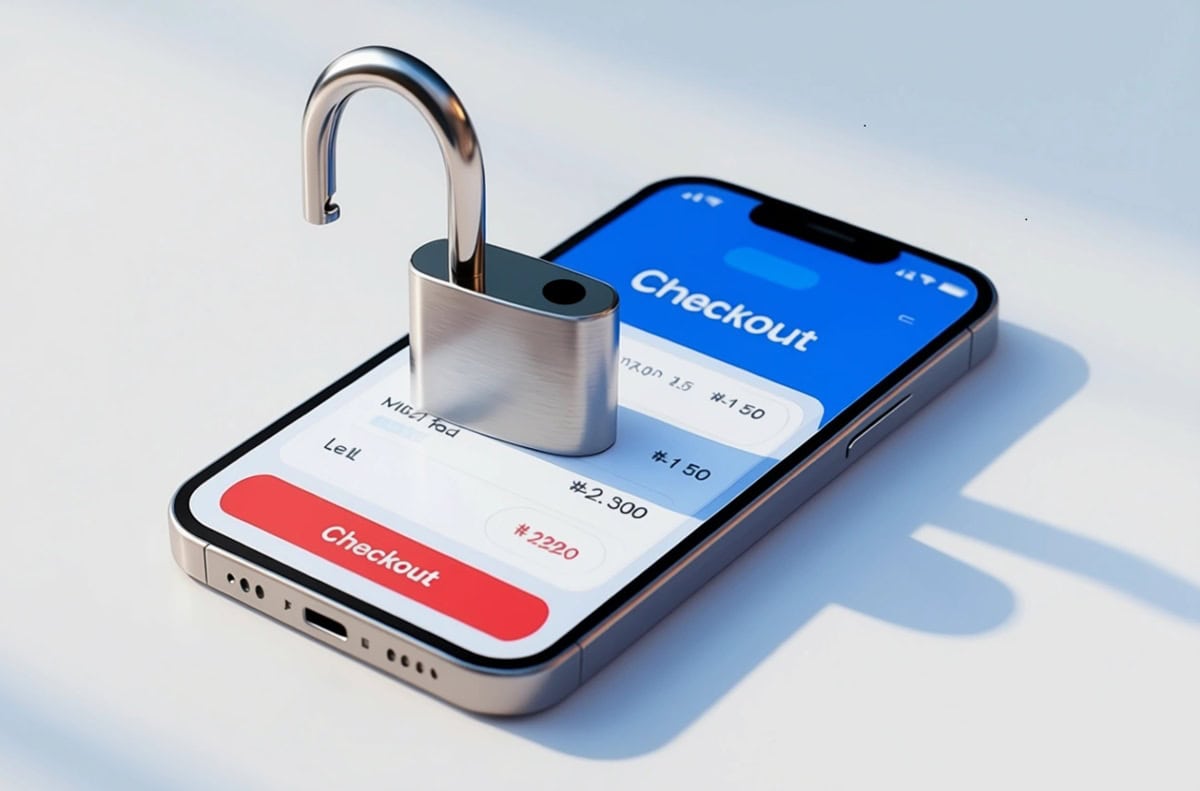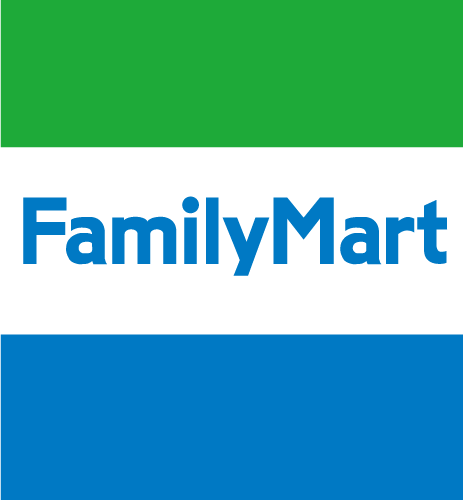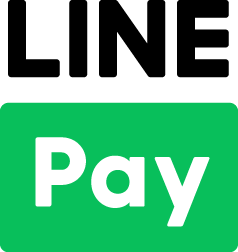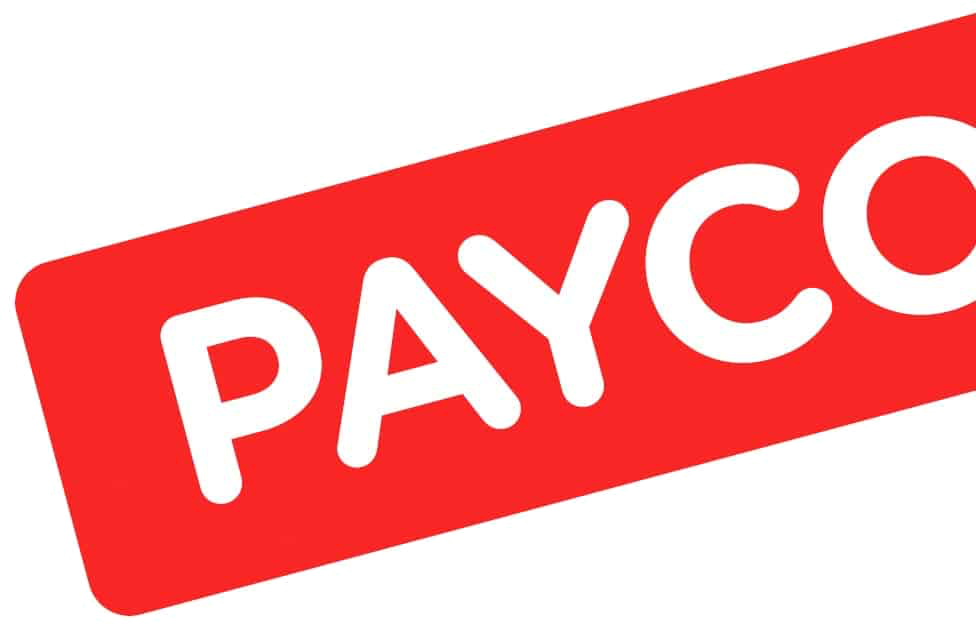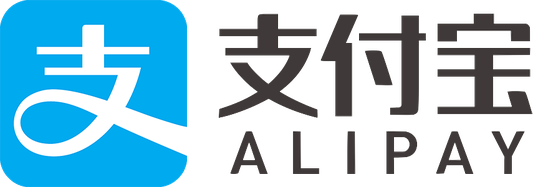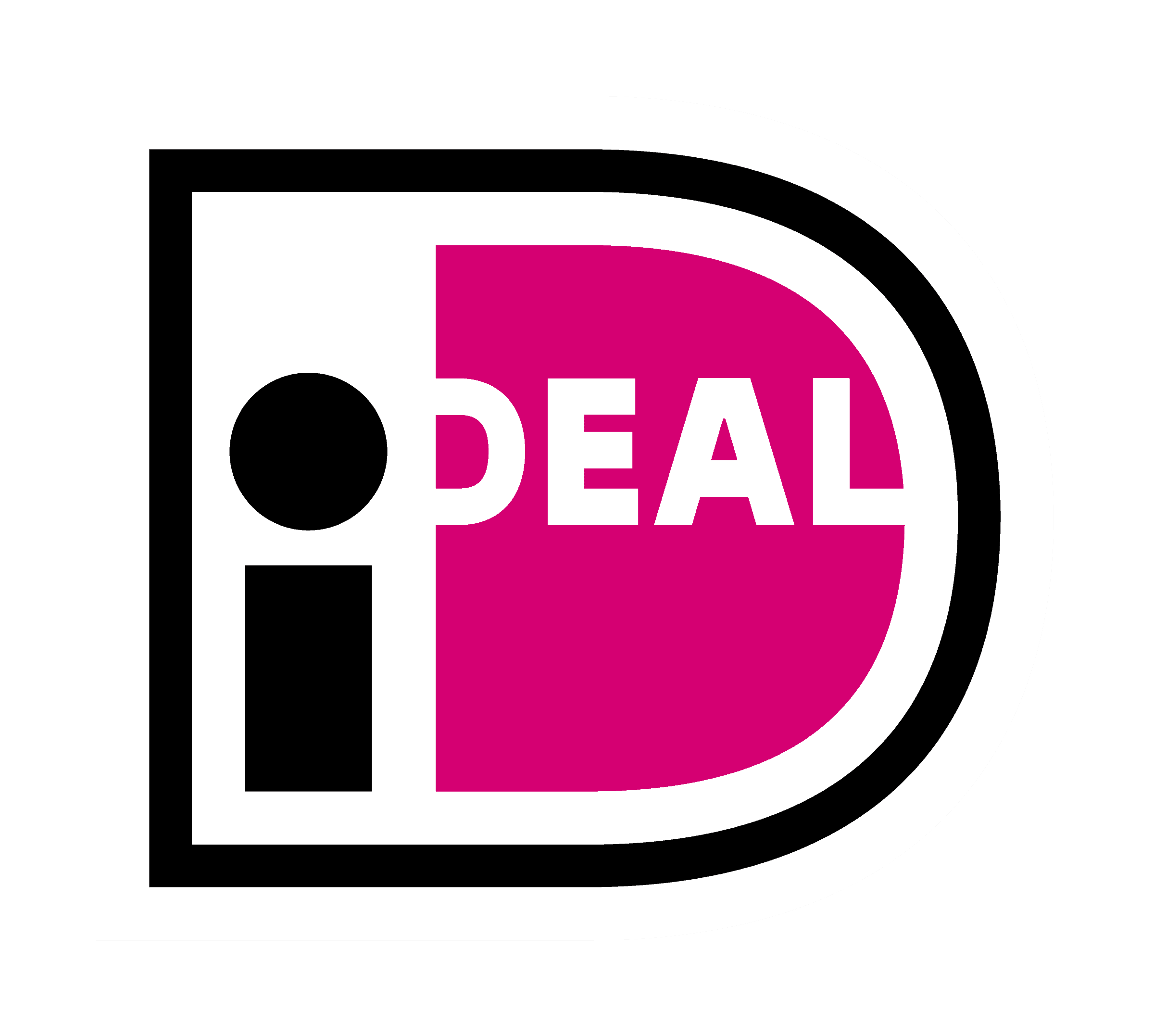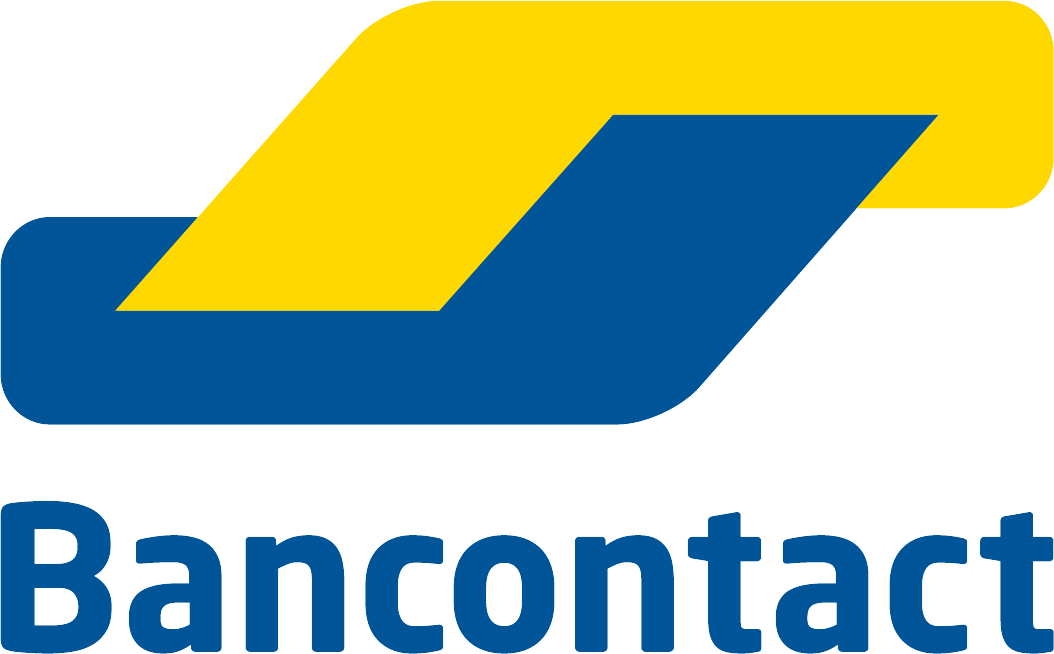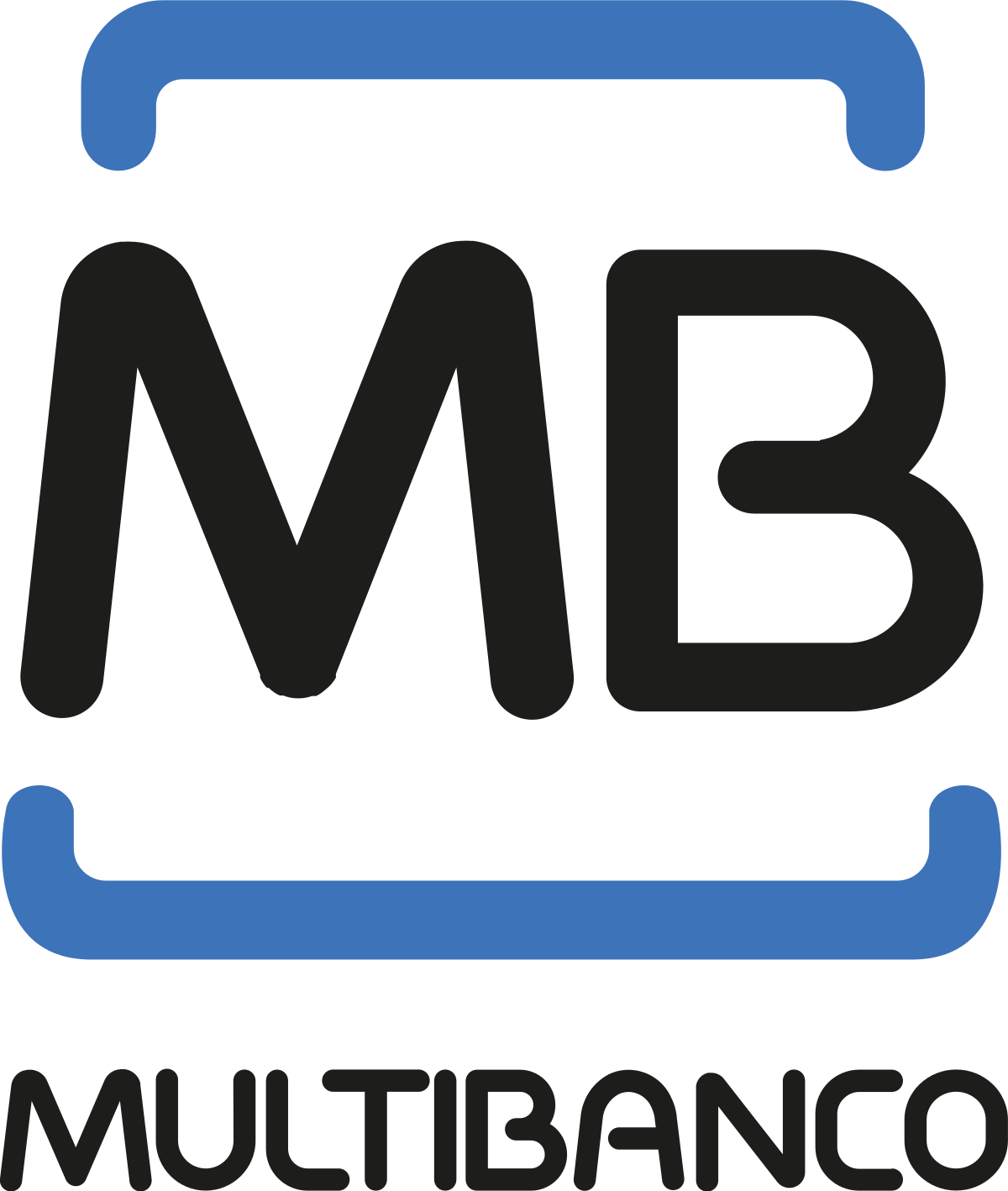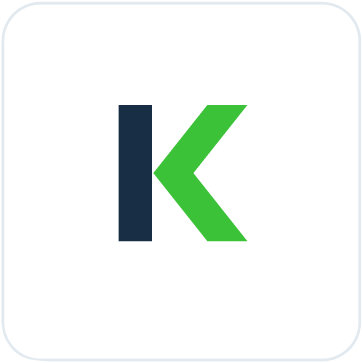
We help businesses accept payments online.
South Korea is one of the most digitally advanced markets in the world, with mobile payments playing a central role in its eCommerce ecosystem.
In 2024, more than 75% of online purchases were made on mobile devices, reflecting a clear shift toward smartphone-first shopping. That same year, the country’s mobile payment transaction volume reached USD $50.6 billion—a figure projected to grow to USD $191.1 billion by 2033, supported by high smartphone penetration, strong digital infrastructure, and government efforts to promote cashless transactions.
Unlike in many Western markets, Korean consumers expect a checkout experience tailored to their daily digital routines. That means mobile flow, familiar payment methods, and local language and currency support. Excluding any of these expectations risks you losing customers at the final step.
As a leading global payment gateway in East Asia, KOMOJU helps merchants go local in Korea without the complexity. Through a single integration, merchants can offer Korea’s top mobile wallets, support Korean Won (KRWcurrency transactions, and ensure a seamless experience from cart to confirmation on both mobile and desktop.
In this article, we’ll discuss the latest trends in Korea’s mobile payment ecosystem, show how consumer expectations are shifting, and explain how businesses can optimize their checkout experience to meet local demand.
The Dominance of Mobile Wallets
Mobile wallets are no longer niche tools for tech-savvy users—they’re widely adopted across age groups and integrated into many of Korea’s most-used platforms. Four players—Naver Pay, Kakao Pay, Toss Pay, and Samsung Pay—have become central to how consumers pay and interact with banks in Korea. For merchants, offering these wallets could be considered a baseline expectation.
Naver Pay
Naver Pay remains the dominant force in online payments across Korea’s largest digital platforms, including Naver Smart Store and Naver Shopping. It is incorporated with Naver’s search and content services, giving users a seamless experience from discovery to checkout. In 2024, it expanded its offline functionality by integrating with Samsung Pay for NFC payments in stores.
- Estimated Users: Over 30 million
- Q3 2024 Revenue: KRW 385.1 billion
For online businesses, particularly those selling on or through Naver platforms, Naver Pay is essential. Its streamlined checkout, wide adoption, and competitive point-based cashback system (up to 2.5%) make it a preferred payment method for online shoppers. As the service expands offline, merchants with physical locations can also benefit from its growing QR and NFC compatibility.
Further reading: Naver Pay: How It Can Expand Your Market Reach and eCommerce Sales in South Korea
Kakao Pay
Kakao Pay is one of Korea’s most widely adopted mobile payment platforms, built into the KakaoTalk messaging ecosystem, South Korea’s top messaging app. It provides a full range of financial services—including payments, transfers, investments, credit scoring, and insurance—all from a single mobile interface. In 2024, Kakao Pay added NFC functionality via Samsung Pay, allowing users to make tap-to-pay purchases in physical retail environments.
- Estimated Users: 24 million
- 2024 Revenue: KRW 766.2 billion
Kakao Pay is an important channel for merchants targeting users embedded in the KakaoTalk ecosystem, particularly in the 30–50 age group. Its integration with Samsung Pay broadens its offline reach, making it increasingly relevant for omnichannel merchants. For brands offering products or services discoverable through Kakao’s commerce features or local promotions, Kakao Pay provides a direct and frictionless path to conversion.
Further reading: Kakao Pay: Mobile Payments Made Easy in South Korea
Toss Pay
Toss, developed by Viva Republica, has grown from a simple P2P transfer app into one of Korea’s most comprehensive financial platforms. It now includes banking, securities, insurance, budgeting tools, and Toss Pay—its mobile wallet linked to local bank accounts and cards. In 2024, Toss reached profitability and continues growing in the retail payment sector.
- Estimated Users: 25 million (app users)
- 2024 Revenue: KRW 1.96 trillion
Toss Pay is a practical payment option for eCommerce businesses targeting digitally fluent, mobile-first consumers, especially those in their 20s and 30s. Its clean interface, real-time notifications, and growing suite of financial tools contribute to strong user retention. Toss Pay’s straightforward integration and rising adoption among younger shoppers make it well-suited for subscription models, digital services, and mobile-native retail.
Further reading: Grow Your eCommerce Business in Korea with Toss Pay and KOMOJU
Samsung Pay
Samsung Pay is embedded directly into Samsung Galaxy devices and supports both NFC and MST technology. Unlike app-based wallets, Samsung Pay digitizes a user’s physical card and can be used at virtually any card-accepting terminal. Through its underlying infrastructure, it now also powers NFC transactions for Kakao Pay and Naver Pay users.
- Estimated Users: 16 million
- 2023 Transaction Volume: KRW 73.2 trillion
Samsung Pay is widely accepted across physical retail via NFC and MST, requiring no additional setup for merchants already handling card payments. However, it is more limited in online shopping. It primarily functions as a card tokenization tool for quick checkout on Samsung devices. Unlike Naver Pay or Kakao Pay, it is not commonly featured as a standalone payment option at online checkout and lacks integrated rewards or loyalty programs.
Key Payment Trends in Korea in 2025
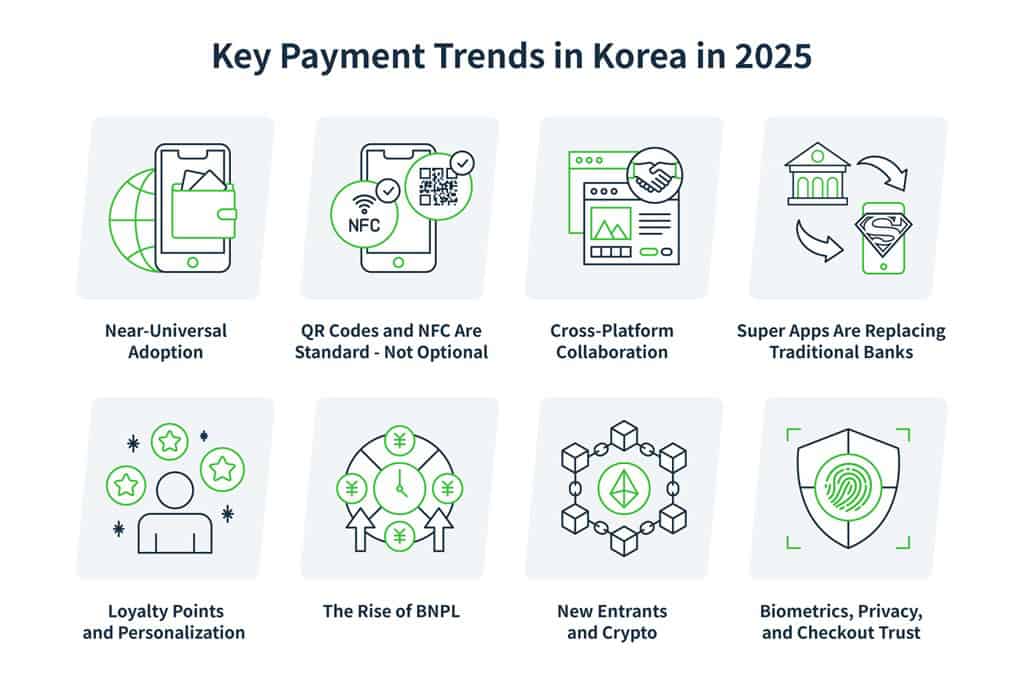
With mobile wallets now embedded in everyday life and eCommerce accounting for a growing share of domestic spending, Korean mobile payments are evolving quickly. Below are some of the key developments shaping the market in 2025, covering platform integration, user behavior, payment preferences, and what they mean for your online business.
Near-Universal Adoption
In 2025, an estimated 98% of South Koreans use digital wallets in some form. As the market nears saturation, mobile payments are no longer a niche behavior or generational trend—they’re becoming as standard as credit cards or bank accounts.
Looking ahead, growth will be less about acquiring new users and more about increasing frequency, value, and reliance on mobile wallets across more parts of daily life. For merchants, this shift underscores the need to treat mobile payments not as an add-on but as the default payment channel for Korean consumers.
QR Codes and NFC Are Standard—Not Optional
The checkout experience in Korea has shifted firmly to touchless, mobile-first options. Consumers now expect to pay via QR or NFC in nearly every setting, from convenience stores to luxury boutiques, and increasingly in-app or through mobile browsers. Thanks to integrations like Samsung Pay’s support for Kakao Pay and Naver Pay, NFC access is no longer limited to card-based wallets.
QR payments, in particular, are seeing rapid adoption, not just from consumers but through institutional support. In 2023, GLN International secured KRW 110 billion to expand QR-based payment infrastructure in Korea and abroad. Meanwhile, the Korea Tourism Organization distributed 20,000 QR code displays to local stores to support domestic and cross-border payments via platforms like Zero Pay, Alipay, and WeChat Pay.
For online businesses, this means aligning with platforms that already support QR-based or native mobile wallet flows. According to Mordor Intelligence, QR payments remain especially attractive to small merchants and local vendors in Korea, offering lower infrastructure costs and faster setup than traditional POS systems.
Cross-Platform Collaboration
Over the past two years, South Korea’s mobile payment platforms have moved from operating in silos to actively working together. A major turning point came in 2023 when Samsung Pay and Naver Pay announced their integration. This collaboration allowed Naver Pay users to make tap-to-pay purchases in-store using Samsung Pay’s MST and NFC technology. It enabled Samsung Pay users to shop online at over 550,000 Naver-affiliated merchants, including Naver Smart Store.
The following year, Kakao Pay also partnered with Samsung Pay, bringing tap-to-pay functionality to its users across most offline retail environments, without requiring QR codes or specialized barcode scanners. Accepting contactless card payments via NFC or MST now also covers Naver Pay and Kakao Pay users, vastly expanding reach without needing new infrastructure. As a result, more consumers can use their preferred wallets wherever they shop, online or in-store, with minimal friction.
Super Apps Are Replacing Traditional Banks
Mobile wallets in Korea are evolving into full-service financial platforms, offering payments, loans, investments, and even savings accounts. For many users, apps like Toss, Kakao Pay, and Naver Pay now serve as their primary interface for managing money, replacing the need to log into a bank app.
Banks are adapting to this shift by partnering with these platforms. Hana Bank, for example, launched a Naver Pay-linked account offering up to 3% annual interest and bonus point rewards, attracting 500,000 users in just six months. Woori Bank and Shinhan Bank are building similar services directly inside Naver Pay to stay relevant.
For merchants, this means today’s consumers are paying—and banking—inside super apps. Accepting these wallets at checkout meets users where they already manage their finances, making it easier for them to complete a purchase without switching apps or devices.
Loyalty Points and Personalization
Mobile wallets in Korea increasingly function as both a payment tool and a loyalty engine. Naver Pay’s point-based rewards system has been a major driver of its growth, encouraging repeat purchases through cashback-style incentives. In 2024, 16 million users earned more than 10,000 won in points annually, and 5 million collected over 100,000 won.
Kakao Pay has also expanded its loyalty offerings, allowing users to earn and redeem points across its ecosystem, including services like KakaoTalk, KakaoTaxi, and KakaoMap. This ecosystem-based approach increases user stickiness and strengthens brand loyalty.
Shoppers can now receive tailored discounts or automatically apply loyalty points during transactions, making the process faster, more rewarding, and more likely to lead to repeat purchases. Looking ahead, expect further gamification in wallet apps, with features like digital stamp cards, rotating cashback events, and tiered membership benefits becoming standard tools for user engagement and differentiation.
The Rise of BNPL
Buy Now, Pay Later (BNPL) is becoming a key part of the mobile payment experience in Korea. Traditionally, shoppers relied on credit card installment plans, but fintech players now offer cardless split payment options directly in wallet checkouts. According to GlobeNewswire, Korea’s BNPL market is growing at double-digit rates, expanding from $3.8 billion in 2024 to a projected $6.9 billion by 2030.
Major players are already in the game. Naver Financial offers BNPL for purchases on Naver Smart Store, Coupang has its own installment-based checkout, and Toss Bank is rolling out pay-later financing through its app. These options are especially appealing to younger consumers and those shopping for high-ticket items.
For merchants, enabling BNPL can lead to larger basket sizes, improved conversion, and a more flexible checkout experience that aligns with what Korean consumers now expect.
New Entrants and Crypto
The regulatory environment also had to adjust to new payment entrants like Apple Pay. After years of deliberation, Apple Pay was approved by regulators and launched in Korea in 2023 once it complied with local requirements (e.g., partnering with local card issuers and conforming to Korean security standards for tokenization). Its entry forced domestic players to innovate and ensure NFC payments aligned with EMV and local standards.
Another area of regulation is cryptocurrency and digital assets; while not directly part of eCommerce payments, Korea’s strict licensing for virtual asset providers means that any integration of crypto payments by eCommerce would require regulatory approval (as of 2025, mainstream retail crypto payments are not yet common due to this). The government and central banks have also been experimenting with a central bank digital currency (CBDC), but this is in the pilot phase and not yet in commercial use.
Biometrics, Privacy, and Checkout Trust
Biometric authentication is now standard in Korea’s mobile payment experience. Most consumers authorize payments using fingerprint or facial recognition, and nearly all major apps—Kakao Pay, Naver Pay, Samsung Pay—support biometric login. Even credit card apps have followed suit, allowing users to skip passwords entirely.
The market is expanding beyond smartphones. Biometric payment cards—which use fingerprint sensors—are expected to grow at a 68.7% CAGR, reaching nearly USD 688 million by 2030.
Meanwhile, the government’s national mobile ID rollout now allows 52 million residents to verify their identity through their phones. With adoption rising, payment providers are doubling down on fraud detection AI, encryption, and exploring blockchain for transaction verification. After scrutiny over data practices, such as the 2023 Kakao Pay data leak, platforms are under pressure to strengthen privacy and security standards.
How KOMOJU Helps You Go Local in Korea
Entering the Korean market doesn’t have to mean managing complex integrations or navigating local compliance on your own. KOMOJU simplifies everything with one integration and a localized checkout experience built for Korean consumers.
With KOMOJU, merchants can:
- Offer Korea’s Top Wallets: Accept Kakao Pay, Naver Pay, Toss, and other local credit card brands through a single setup—no need to negotiate separate contracts.
- Offer Local payments with English support: Accept local Korean payment method while application and ongoing support are in English. Payouts are offered in USD, EUR and JPY.
- Reach East Asia with One Integration: Expand across East Asia with one contract and one API that covers Korea, Japan, China and beyond, making regional growth easier to manage.
- Access Real-Time Reporting and Analytics: Access reporting and analytics help you track conversions, cancellation rate, and optimize for the best-performing payment methods.
Whether you’re entering the Korean market for the first time or scaling up, KOMOJU gives you the tools to offer a local, seamless payment experience—without the operational complexity.
Summary
Mobile payments aren’t just popular in South Korea—they’re how people shop. In 2024, over 75% of online purchases happened on mobile devices, and platforms like Naver Pay, Kakao Pay, Toss, and Samsung Pay have become a normal part of daily life. People use them to pay, save, earn rewards, and even manage their finances. For merchants, these wallets aren’t a nice-to-have—they’re the default.
In 2025, several trends are shaping how Koreans pay. Digital wallets are nearly universal, and QR and NFC payments are now expected across all types of merchants—from national retailers to local food vendors. Platform interoperability is also improving: Samsung Pay now enables tap-to-pay functionality for Naver Pay and Kakao Pay users, significantly expanding offline usability. At the same time, features like Buy Now, Pay Later, loyalty rewards, and personalized offers are playing a growing role in encouraging repeat purchases, particularly among younger, mobile-first consumers.
Security is also evolving. Biometric authentication—fingerprints and face scans—is standard, and privacy expectations are high. The bar is set: shoppers expect fast, secure, app-native checkout. If a store doesn’t support their preferred wallet, they may simply walk away.
That’s where KOMOJU comes in. With one integration, merchants can offer Korea’s most-used payment methods, localize the checkout experience, and tap into a market where mobile is quickly becoming king, without the technical headaches.
Learn how to get started with KOMOJU for free to improve your conversion rate in Korea.
FAQ
Use a payment gateway like KOMOJU that supports:
- Local wallets
- KRW currency
- Korean-language flows
- Mobile-first interfaces
- Trust indicators (wallet logos, secure payment badges)
Rarely. Most prefer local payment options. Offering only Visa/Mastercard can severely limit your reach.
Yes. Most Korean consumers prefer mobile wallets like Kakao Pay, Naver Pay, Toss, and Samsung Pay over international credit cards. Offering these options significantly improves checkout conversion.
They’re not legally required, but they are expected. Consumers now use QR and NFC payments daily, from major retailers to convenience stores. Not supporting them can lead to a drop-off at checkout.
Absolutely. Platforms like Naver Pay, Toss Bank, and Coupang offer BNPL options, especially for electronics, fashion, and lifestyle purchases. BNPL can boost both average order value and conversion rates.

We help businesses accept payments online.


